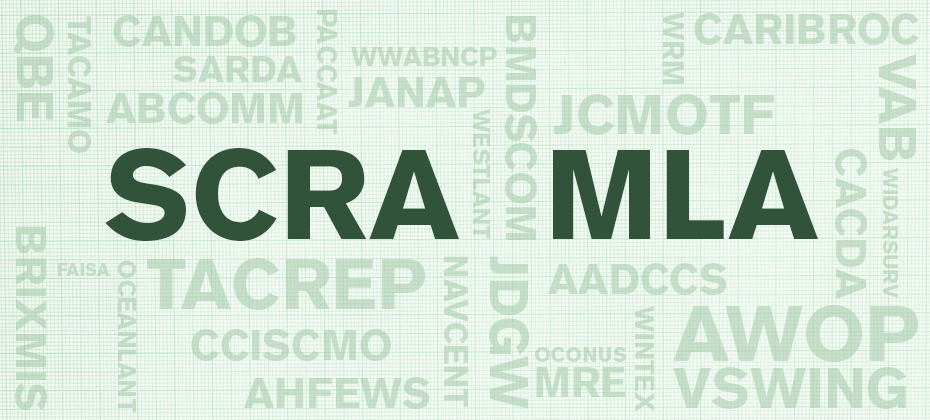By: Wendy Greenawalt
The final provisions included in The Credit Card Act will go into effect on August 22, 2010. Most lenders began preparing for these changes some time ago, and may have already begun adhering to the guidelines. However, I would like to talk about the provisions included and discuss the implications they will have on credit card lenders.
The first provision is the implementation of penalty fee guidelines. This clause prohibits card issuers from charging fees that exceed the consumer’s violation of the account terms. For example, if a consumer’s minimum monthly payment on a credit card account was $15, and the lender charges a $39 late fee, this would be considered excessive as the penalty is greater than the consumers’ obligation on that account. Going forward, the maximum fee a lender could charge in this example would be $15 or equal to the consumers obligation. In addition to late fee limitations, lenders can no longer charge multiple penalty fees based on a single late payment, other account term violations or fees for account inactivity. These limitations will have a dramatic impact on portfolio profitability, and lenders will need to account for this with all accounts going forward.
The second major provision mandates that if a lender increased a consumer’s annual interest rate after January 1, 2009 due to credit risk, market conditions, or other factors, then the lender must maintain reasonable methodologies and perform account reviews no less than every 6 months. If during the account review, the credit risk, market conditions or other factors that resulted in the interest rate increase have changed, the lender must adjust the interest rate down if warranted. This provision only affects interest rate increases and does not supply specific terms on the amount of the interest rate reduction required; so lenders must assess this independently to determine their individual compliance requirements on covered accounts.
The Credit Card Act was a measure to create better policies for consumers related to credit card accounts and overall will provide greater visibility and fair account practices for all consumers. However, The Credit Card Act places more pressure on lenders to find other revenue streams to make up for revenue that was previously received when accounts were not paid by the due date, fees and additional interest rate income were generated. Over the next few years, lenders will have to find ways to make up this shortcoming and generate revenue through acquisition strategies and/or new business channels in order to maintain a profitable portfolio.
http://www.federalreserve.gov/newsevents/press/bcreg/20100303a.htm


